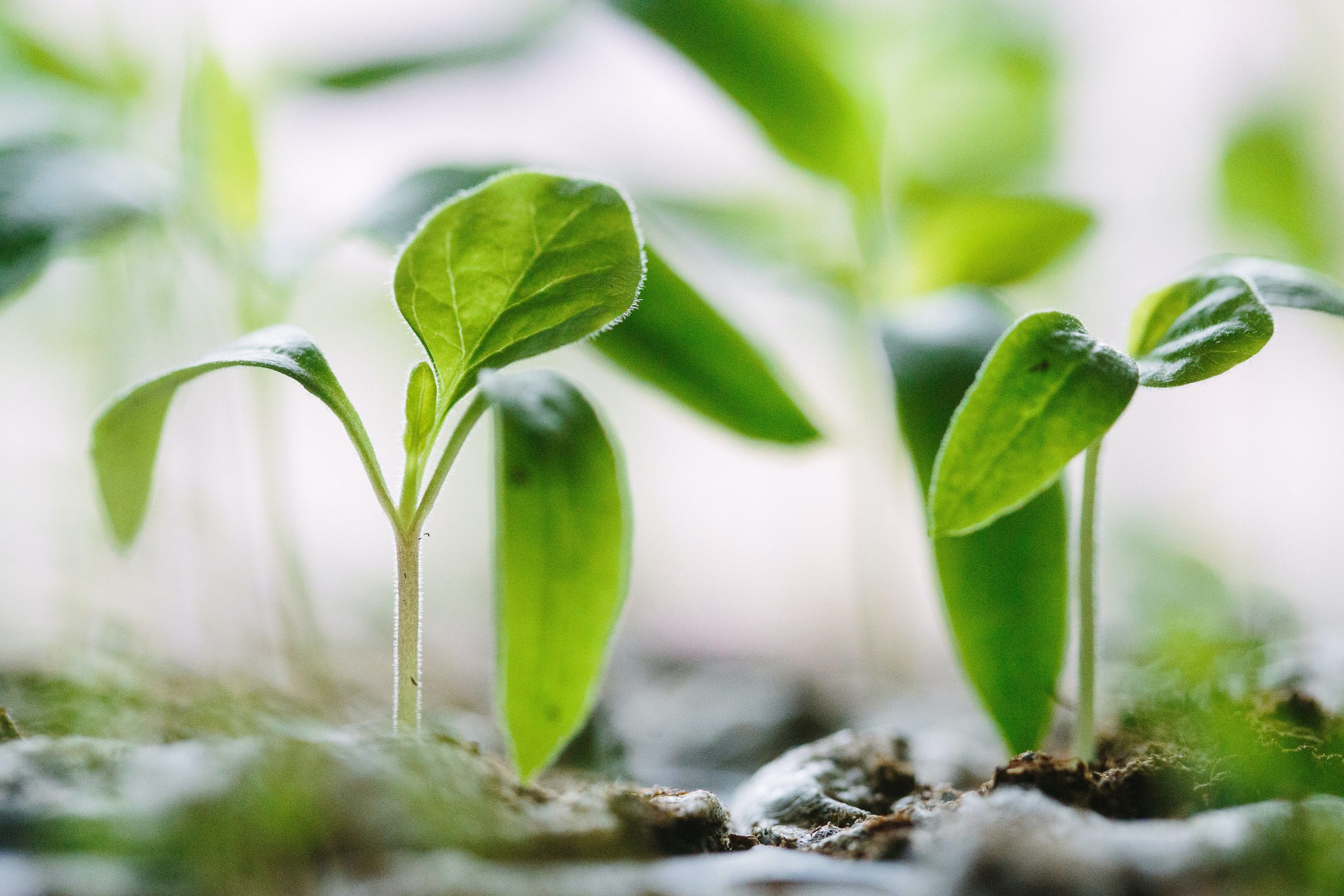Subtitle: Harnessing the Sustainable Potential of Composting for a Greener Future
Date: May 19, 2023
Byline: [Your Name], Staff Writer
Introduction:
In a world grappling with environmental challenges, the practice of composting has emerged as a powerful tool in the fight against waste and pollution. Composting, often referred to as the process of turning organic waste into “black gold,” not only reduces landfill waste but also produces nutrient-rich soil amendments that promote healthier plant growth. In this article, we will delve into the transformative potential of composting, exploring its benefits, techniques, and the growing movement towards embracing this eco-friendly solution.
Section 1: The Environmental Imperative
Start your article by emphasizing the global need to address waste management and environmental issues. Highlight the detrimental effects of organic waste in landfills, the emissions it produces, and the strain it places on natural resources.
Section 2: The Magic of Composting
Explain the process of composting, describing how organic waste materials, such as food scraps, yard trimmings, and agricultural residues, break down over time into nutrient-rich compost. Emphasize the role of microorganisms, including bacteria and fungi, in the decomposition process and how their actions contribute to the creation of humus.
Section 3: Benefits and Applications
Discuss the various benefits of composting, both environmental and practical. Include the following points:
- Waste Reduction: Highlight how composting diverts organic waste from landfills, reducing methane emissions and leachate production.
- Soil Enrichment: Explain how compost acts as a natural soil conditioner, improving its structure, water-holding capacity, and nutrient content. Discuss the benefits for farmers, gardeners, and landscapers in terms of increased crop yields and reduced reliance on synthetic fertilizers.
- Carbon Sequestration: Explore the role of composting in carbon sequestration. Explain how composting organic waste prevents the release of greenhouse gases and promotes the storage of carbon in the soil.
- Water Conservation: Discuss how compost-amended soil can retain moisture, reducing water runoff and the need for irrigation, thus conserving water resources.
Section 4: Composting Techniques and Best Practices
Provide readers with practical guidance on composting techniques, highlighting the importance of balance in organic matter, aeration, moisture levels, and temperature. Include information on the different types of composting methods, such as traditional backyard composting, vermicomposting (using worms), and industrial-scale composting.
Section 5: From Waste Management to Community Engagement
Explore the growing movement of communities, organizations, and individuals embracing composting. Highlight successful initiatives such as municipal composting programs, community gardens, and compost cooperatives. Discuss the potential for composting to foster a sense of environmental stewardship and community engagement.
Section 6: Challenges and Future Outlook
Acknowledge the challenges associated with widespread adoption of composting, such as lack of awareness, infrastructure limitations, and the need for policy support. Discuss ongoing research and innovation in the field, including advancements in composting technologies and the development of compostable materials.
Conclusion:
Wrap up the article by reiterating the transformative power of composting. Emphasize the potential for this sustainable practice to revolutionize waste management, enhance soil health, mitigate climate change, and foster a more sustainable and resilient future. Encourage readers to take action by embracing composting in their own lives and advocating for its wider adoption.
Note: Remember to adhere to journalistic ethics throughout the article, ensuring accurate reporting, balanced viewpoints, and proper attribution of sources.




